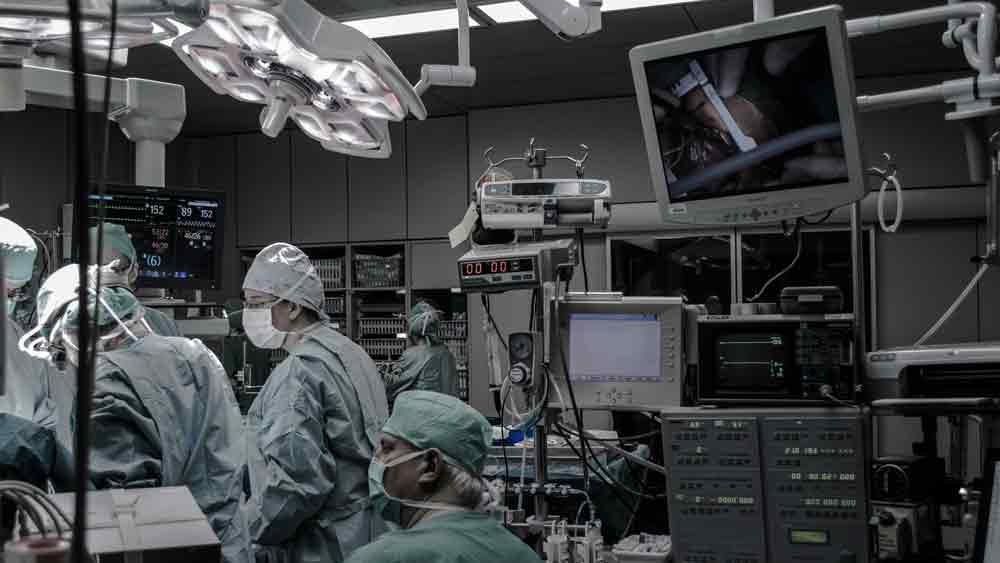One of the key findings in Greenlight Guru’s 2025 Medical Device Industry Report was that economic uncertainty is playing a large role in the decisions medical device companies make this year.
|
ADVERTISEMENT |
The report surveyed more than 500 medical device professionals across quality, regulatory, product development, clinical affairs, and executive roles to get a comprehensive look into the medtech industry. However, our respondents filled out the survey in late 2024, and a lot has happened since then to add to the uncertain economic picture and make it even more difficult to predict what will happen next.
So let’s take a look at the responses we got in the report, as well as any changes to the economic outlook for 2025.
…

Add new comment